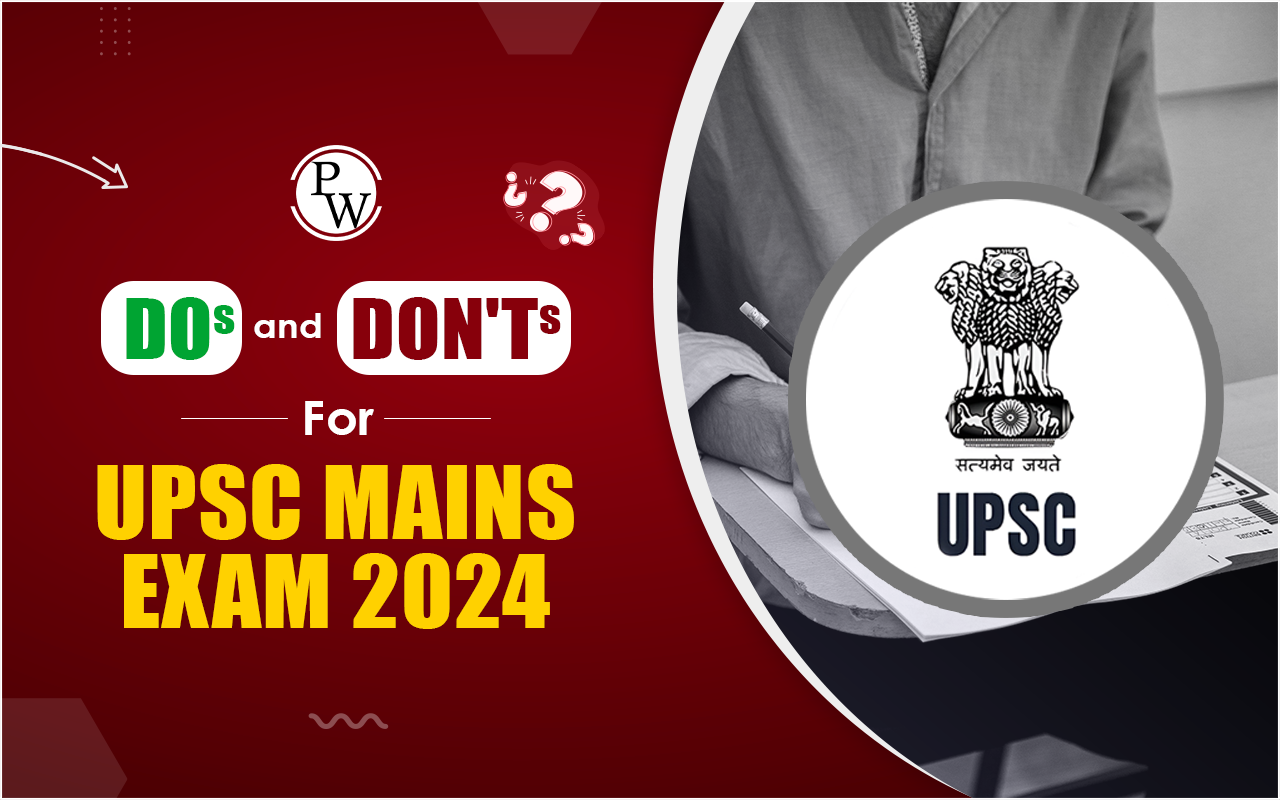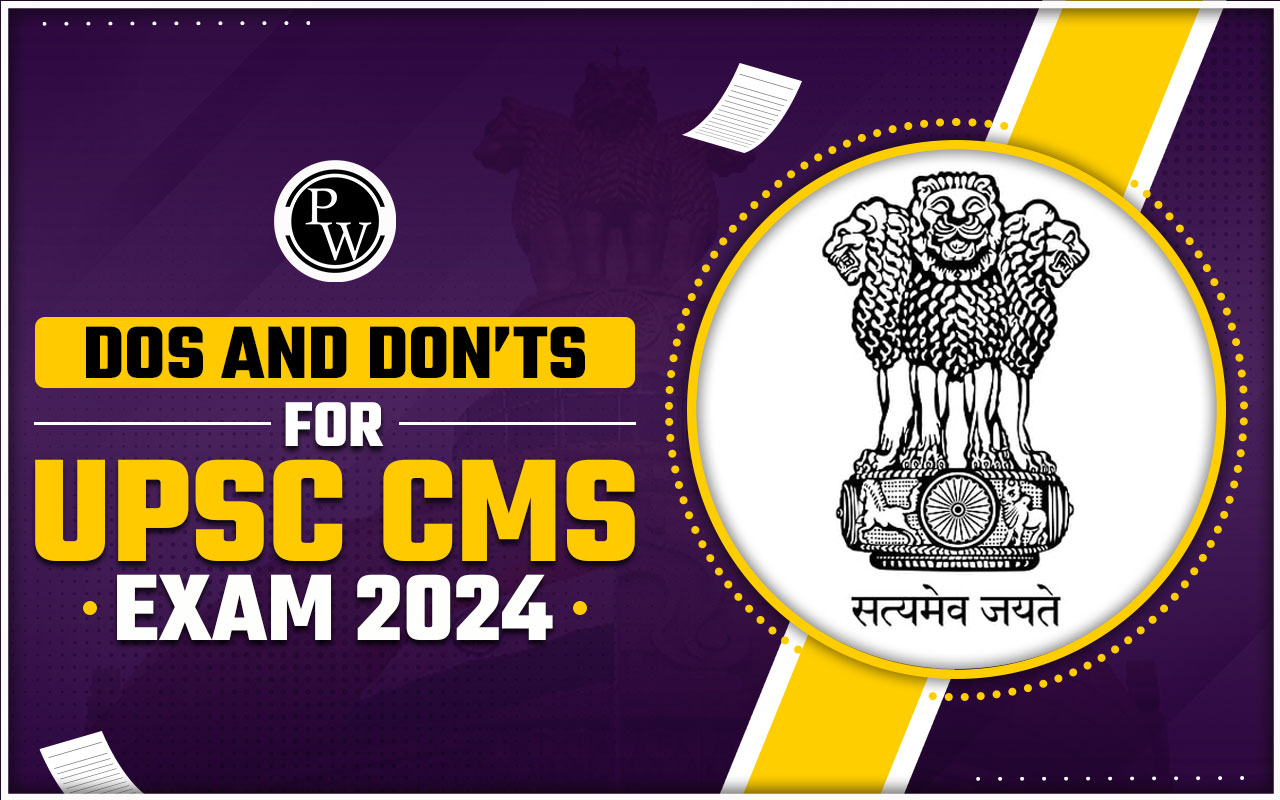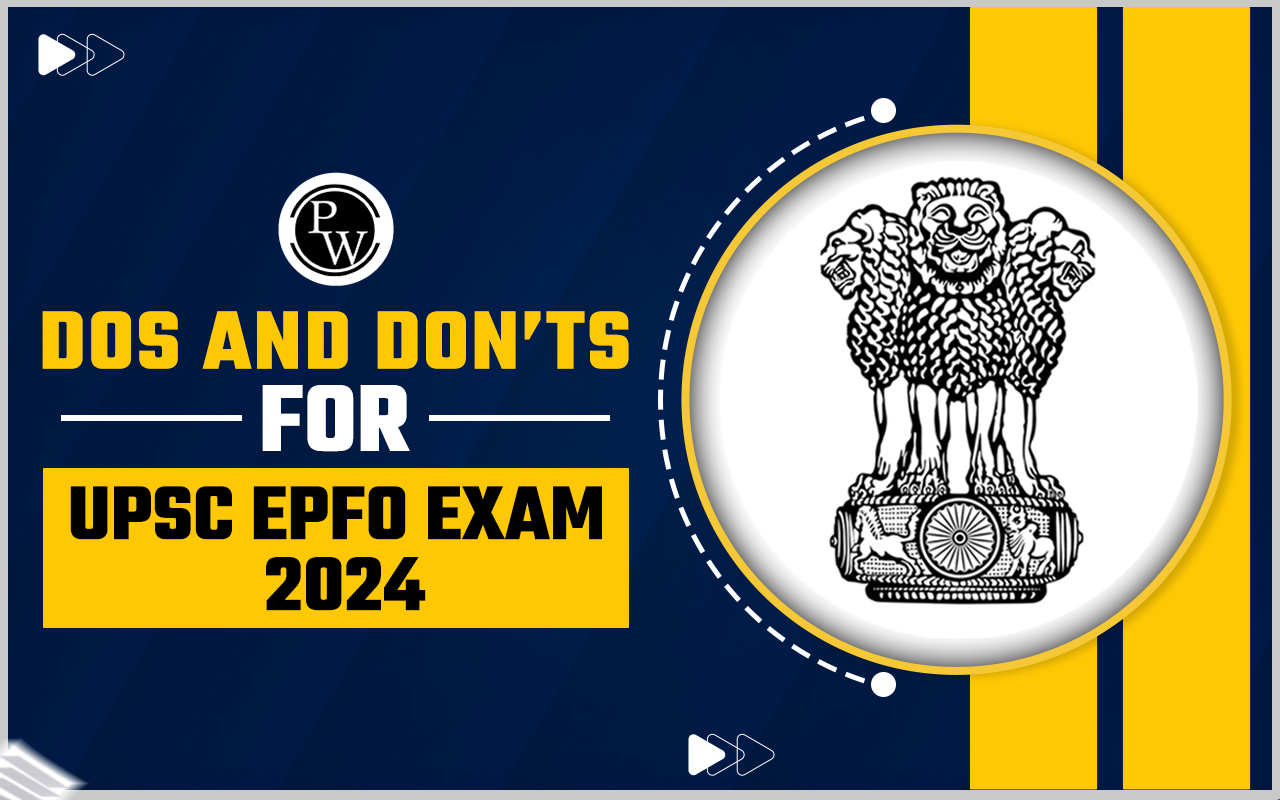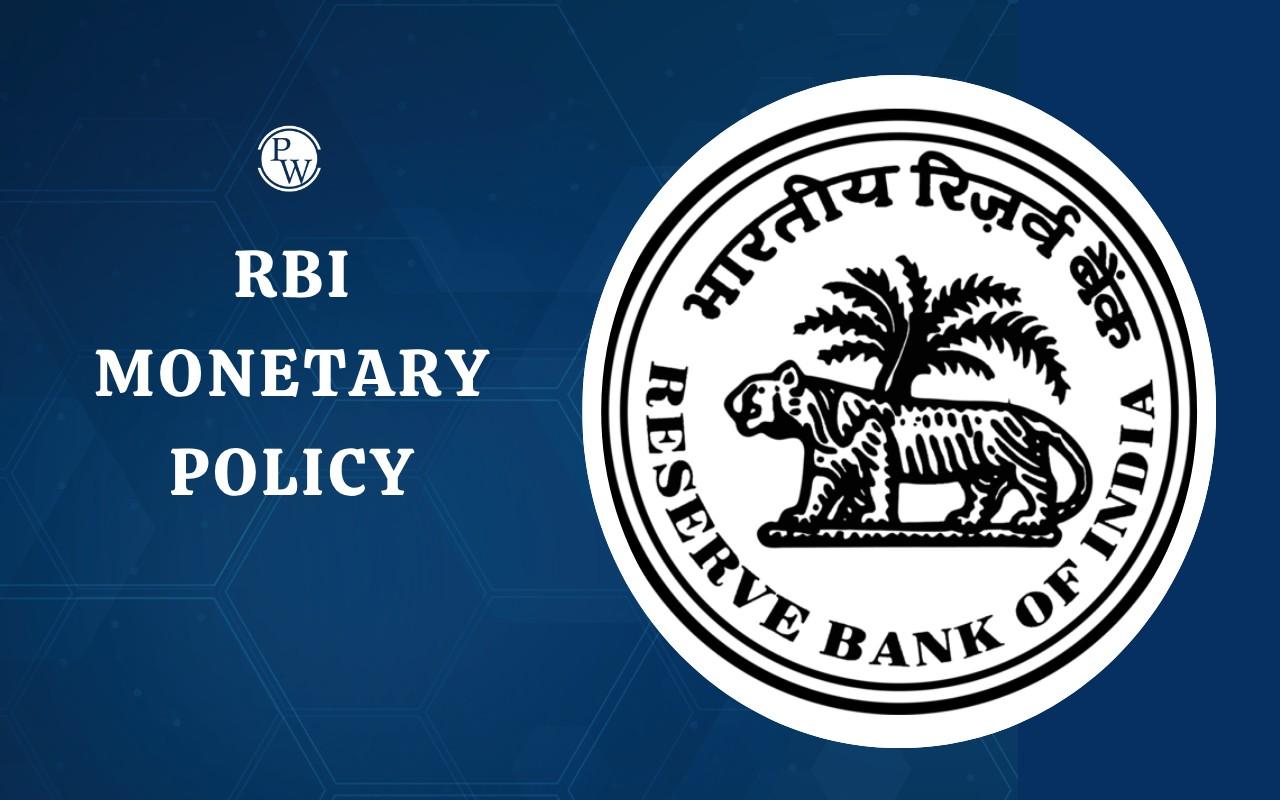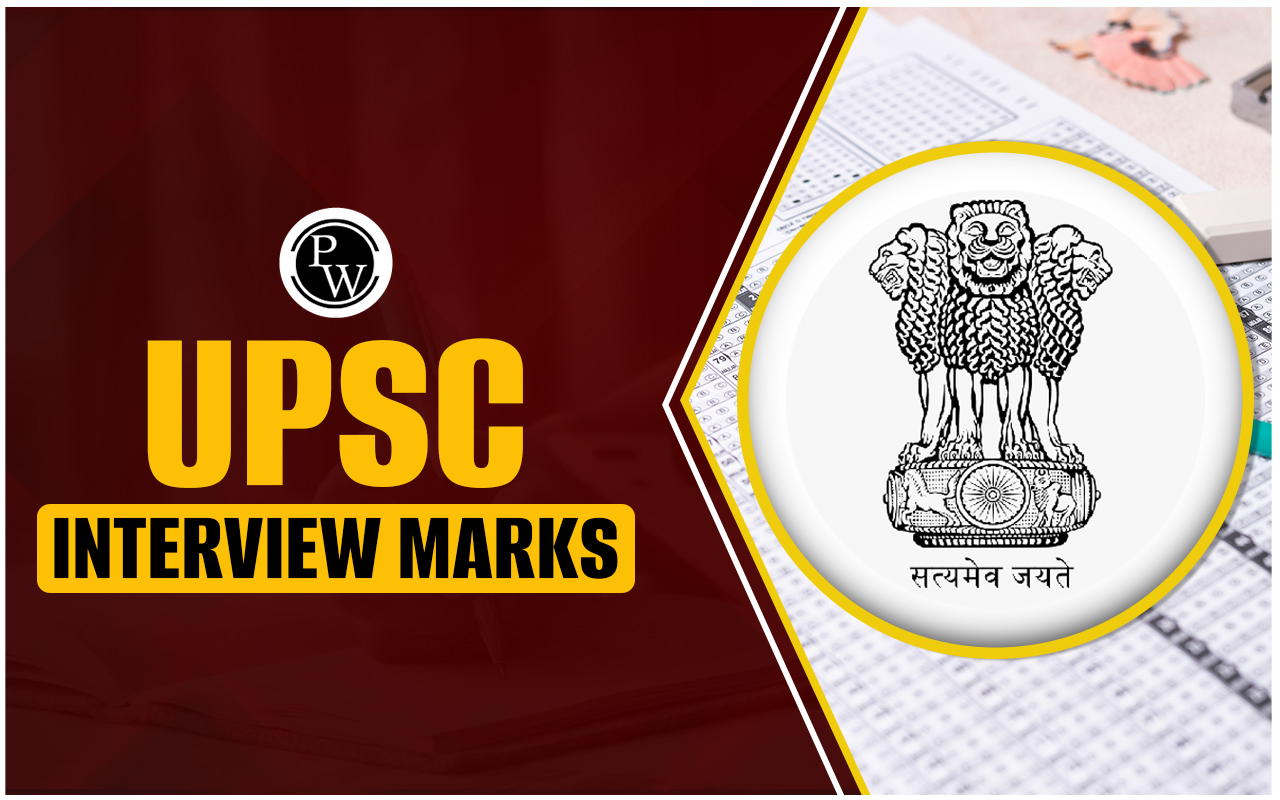
Party System in India is a complex system involving several national and regional parties that represent the diverse ideologies and interests of people from all across the country. The term political party refers to a voluntary group of individuals who seek to acquire political power and promote national interests.
A multi-party system is adopted in the Indian parliament to include representation across the length and breadth of the country and follow the principle of universal adult franchise. This is an important topic included under the General Studies Paper 2 of the UPSC Mains Syllabus. Questions related to the Party System in India are also asked in the UPSC Prelims exam.
Party System in India Introduction
The Party System in India refers to the conglomeration of multiple national and regional parties that represent the diversity of the country. A Political Party is a voluntary organization of individuals who share the same ideologies and political views. They aim to promote specific plans to take control of the government legally to implement them. The fight to grab power in democracies around the world is clear, and in such a scenario, the role of political parties is important.
Party System in India Notes
There are different types of political parties included within the ambit of the Party System in India. These political parties look to gain political power through elections and influence government policies to align with their beliefs and ideologies. The types of political parties can be summarized as follows:
-
Reactionary Parties: This group of individuals looks to continue the traditional way of governance and resist changes. They often look to keep their old social norms and values.
-
Conservative Parties: These political parties also look to keep things as they were and aim to implement changes slowly. Their main focus is on stability, smaller reforms, and traditional values.
-
Liberal parties: These types of political parties look to promote equality, personal freedom, social progress, etc. Their ideologies lie in the support of civil rights, social justice, and expanding democratic freedom.
-
Radical Parties: These political parties look for a complete overhaul of current social and political systems. They push for big changes and look to overthrow the existing systems.
Party System in India Features and Trends
The Party System in India exhibits many features and has also witnessed significant transformations over the past few decades. The features of the party system in India can be summarized in the table below:
| Party System in India Introduction | |
| Features | Details |
| Multi-Party System | Several national and regional parties exist in the Indian political scene |
| Dominance of a Single Party | INC was once the dominant party in India for decades, but at present, the dominant party is BJP |
| Lack of ideology | Several parties do not have a clear ideology and are rather influenced by practical decisions |
| Personality Cult | Charismatic leaders in the Party influence the decisions made by the party in a big way |
| Influence of Regional Parties | Emerging regional parties are becoming crucial in Indian politics, focusing on local interests and identities |
| Defections and Factionalism | Defections and factionalism are becoming very common these days |
| Lack of Unified Opposition | Conflict within the party and differences in ideology put down the worth of a unified opposition |
Trends in Party System in India
The party system in India has undergone several changes since independence, typically evolving from a one-party system to a multi-party system, along with the increasing influence of regional parties. Some of the key trends that have ruled the party System in India can be summarized as follows:
-
Emergence of Regional Parties: Regional parties have been increasing their influence over all the states in India since the 1980s. They are challenging the dominance of the national parties and playing important roles in government formation and policy-making.
-
Coalition Governments: The decade of the 1990s was dominated by the rule of coalition governments. It highlighted the need for an alliance between national and regional parties to secure power and represent diverse interests.
-
Weakening of Ideology-based Politics: With the increase and emphasis on the capture of power over ideology, a shift towards issue-based politics can be observed in India.
-
Influence of Money and Muscle Power: At present, the increasing role of money and muscle power has become a cause of concern, influencing major party decisions.
The Party System in India is dynamic and continues to evolve with time. It is a reflection of the country’s diverse and complex political landscape.
Party System in India and Electoral Behavior
The Party System in India has been historically marked by a shift between a dominant party system and a multi-party system. The emergence of regional parties and coalition politics has significantly impacted the electoral behavior of the political parties in India in the following ways:
-
Party Identification: Voters in India are generally swayed by their attachment to a particular party and its ideology for a very long time.
-
Leadership: The performance of the incumbent government and the rise of charismatic political leaders are also important considerations for voters before any elections.
-
Caste and Religion: India is a country with diverse castes and religions. They continue to play a crucial role in political mobilization, voter behavior, and even the selection of political candidates.
-
Campaigning and Media: Intensive election campaigns and the use of media, including both traditional and social media, are increasingly being employed to persuade voters. It also carries the risk of misinformation.
Looking for guidance in UPSC preparation? Explore Physics Wallah’s UPSC courses!
Party System in India FAQs
What is the Party System in India?
What is a Political Party?
What are the types of political parties in India?
What is the significance of Regional Parties in the Party System in India?

